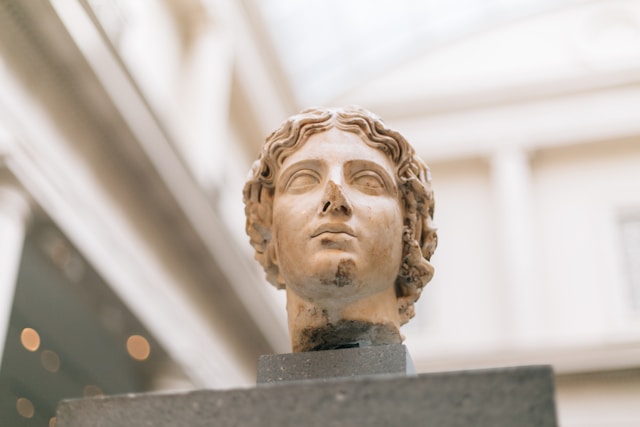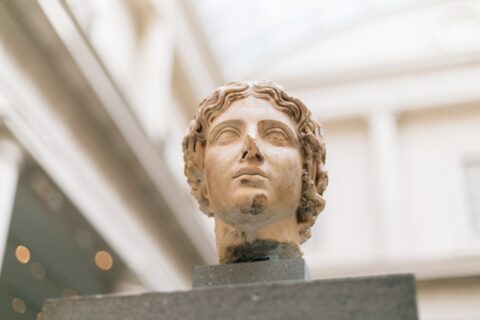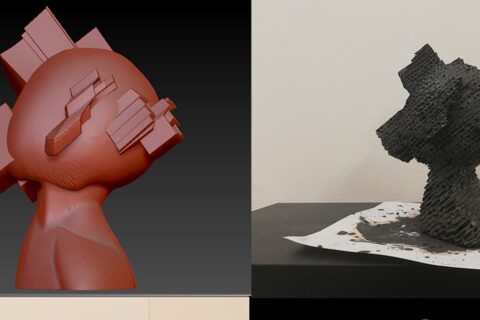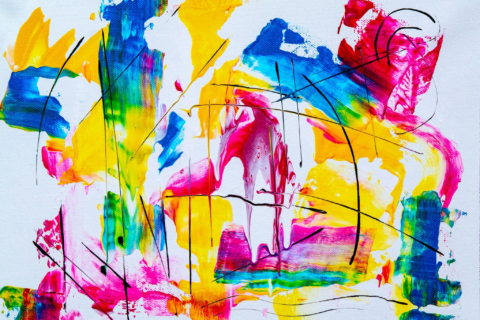
Public Art Installations: The Role of Sculpture in Urban Spaces
- Leake Camille
- July 30, 2024
- Sculpture
- No Comments
Public art installations, particularly sculptures, play a crucial role in shaping urban environments. These works of art not only enhance the aesthetic appeal of cities but also foster a sense of community, cultural identity, and engagement among residents and visitors. The integration of sculpture into public spaces transforms them into dynamic, interactive environments that encourage exploration and reflection.
Enhancing Urban Aesthetics and Identity
Sculptures in public spaces significantly contribute to the visual and cultural identity of a city. “Public art helps define the character of a place, creating landmarks and points of reference,” says urban planner Sarah Greene. Iconic sculptures, like the “Cloud Gate” in Chicago or “The Thinker” by Rodin, become symbols of their cities, attracting tourists and locals alike. These installations often reflect the cultural heritage and values of the community, adding a unique flavor to the urban landscape.
Moreover, public sculptures can enhance the aesthetic quality of urban environments, transforming mundane spaces into areas of interest and beauty. As artist Anthony Gormley notes, “Sculpture has the power to animate public spaces, making them more inviting and engaging.” This transformation is particularly valuable in areas that may otherwise be neglected or underutilized, providing a visual focal point that draws people in.
Fostering Community Engagement and Dialogue
Public sculptures also serve as platforms for community engagement and dialogue. They provide opportunities for people to interact with art in their daily lives, outside the traditional confines of galleries and museums. “Art in public spaces democratizes the experience of art, making it accessible to everyone,” explains art curator Linda Martinez. This accessibility encourages diverse audiences to engage with the artworks, sparking conversations and reflections about the themes they represent.
Additionally, public sculptures often address social, political, or environmental issues, prompting viewers to consider different perspectives. “Sculpture in public spaces can be a powerful tool for raising awareness and promoting social change,” says public art advocate Mark Stevens. For instance, sculptures that address climate change or human rights can inspire public discourse and motivate action within the community.
Encouraging Interaction and Exploration
One of the unique aspects of public sculpture is its ability to invite physical interaction and exploration. Unlike other forms of art that may require distance and contemplation, sculptures in public spaces often encourage viewers to touch, walk around, and even climb on them. “Interactive sculptures create a more immersive and participatory experience,” comments sculptor Alice Aycock. This tactile engagement allows people to experience art in a more personal and meaningful way.
Interactive sculptures can also be designed to change over time or in response to environmental factors, further enhancing the viewer’s experience. For example, kinetic sculptures that move with the wind or light installations that change color based on the time of day add an element of dynamism to public spaces. “These evolving artworks keep public spaces lively and continually engaging,” observes landscape architect David Burke.
Economic and Social Benefits
The presence of sculptures in public spaces can also have significant economic and social benefits. Art installations can attract tourists, boosting local economies and supporting businesses in the surrounding areas. “Public art can be a catalyst for economic development, attracting visitors and investment,” notes economist Jane Palmer. Furthermore, public sculptures can contribute to a sense of pride and belonging among residents, enhancing community cohesion and well-being.
Investment in public art is often seen as an investment in the quality of life in urban areas. As city planner John Lewis explains, “Well-designed public spaces with art installations can improve the overall livability of a city, making it a more attractive place to live, work, and visit.”
Challenges and Considerations
Despite the many benefits, installing sculptures in public spaces comes with challenges. Issues such as funding, maintenance, and public acceptance must be carefully managed. “Sustaining public art requires ongoing investment and community support,” emphasizes public art coordinator Maria Sanchez. Additionally, the selection and placement of sculptures must be thoughtfully considered to ensure they resonate with the community and enhance the space without causing controversy or exclusion.
Public art installations, especially sculptures, play a vital role in enriching urban spaces. They enhance the visual appeal, foster community engagement, and encourage interaction and exploration. As cities continue to grow and evolve, the thoughtful integration of sculpture into public spaces will remain a key element in creating vibrant, inclusive, and culturally rich urban environments. By addressing the challenges and embracing the opportunities presented by public art, cities can cultivate a sense of place and identity that resonates with residents and visitors alike.









